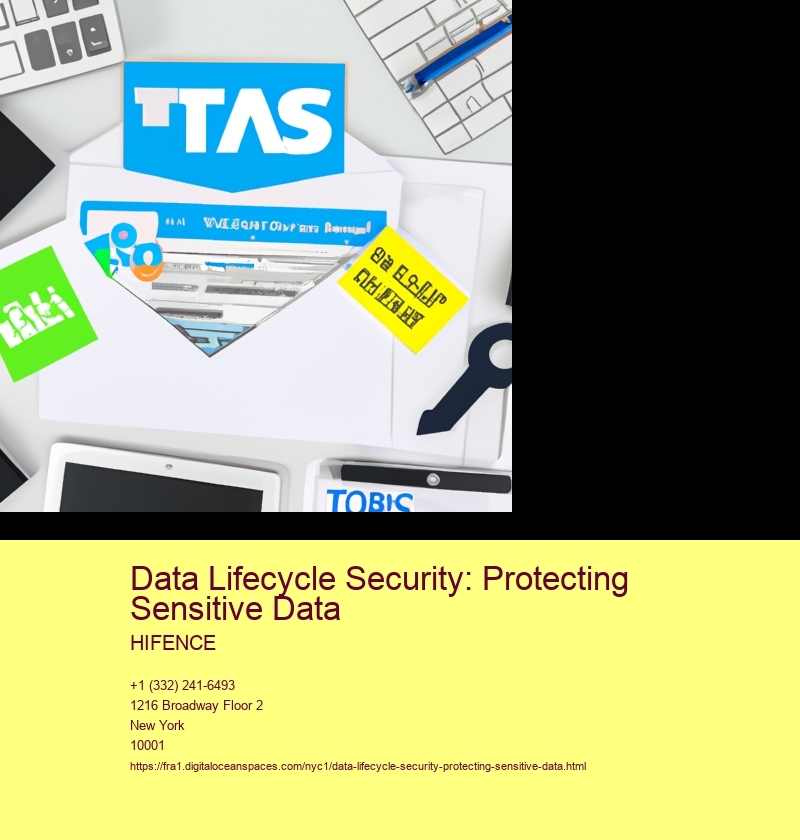Data Lifecycle Security: Protecting Sensitive Data
check
Data Lifecycle Security: Protecting Sensitive Data
Imagine your data as a tiny seed (representing a new idea or a piece of information). How to Respond to a Data Breach . That seed, from the moment its planted (created), goes through a whole journey: sprouting, growing into a plant, bearing fruit, and eventually, perhaps even returning to the soil (being archived or destroyed). Data lifecycle security is essentially protecting that seed – and the plant it becomes – at every single stage of that journey! Its about ensuring that sensitive information remains confidential, intact, and available only to authorized individuals throughout its entire existence.
Why is this so crucial? Well, data breaches are a constant threat. Sensitive information leaking out can devastate individuals (think identity theft!) and cripple organizations (imagine the financial and reputational damage!). A robust data lifecycle security strategy mitigates these risks by implementing controls and safeguards at each stage of the datas life.

Lets break down some key stages and how security plays a role. managed it security services provider First, theres creation. From the get-go, we need to think about data classification.
Data Lifecycle Security: Protecting Sensitive Data - managed it security services provider
- managed services new york city
- check
- managed service new york
- managed services new york city
- check
- managed service new york
- managed services new york city
- check
- managed service new york
Next, the data is often used or processed. This is where things can get tricky! We need to ensure that data isnt inadvertently disclosed or modified improperly. Consider data masking or anonymization techniques (making the data usable for analysis without revealing sensitive details). And of course, secure coding practices are essential to prevent vulnerabilities in applications that handle the data.

Sharing is another critical stage. Is the data being transferred securely (using encrypted channels, for example)? Are recipients authorized to receive it? Data loss prevention (DLP) tools can help prevent sensitive data from leaving the organizations control without proper authorization.
Finally, theres archival and destruction. Data doesnt live forever! When data is no longer needed, it needs to be securely archived or, even better, securely destroyed (completely wiped from storage devices). Simply deleting a file isnt enough! We need to ensure that the data is unrecoverable.
Data lifecycle security isnt just about technology; its also about policies and procedures. Employee training is vital (everyone needs to understand their role in protecting data!). Regular audits and assessments help identify weaknesses and ensure that security controls are effective.
In conclusion, data lifecycle security is a comprehensive approach to protecting sensitive data throughout its entire journey. By implementing appropriate security measures at each stage – from creation to destruction – we can significantly reduce the risk of data breaches and ensure that sensitive information remains safe and secure! Its a continuous process, requiring ongoing attention and adaptation to evolving threats (but it's worth it!).
